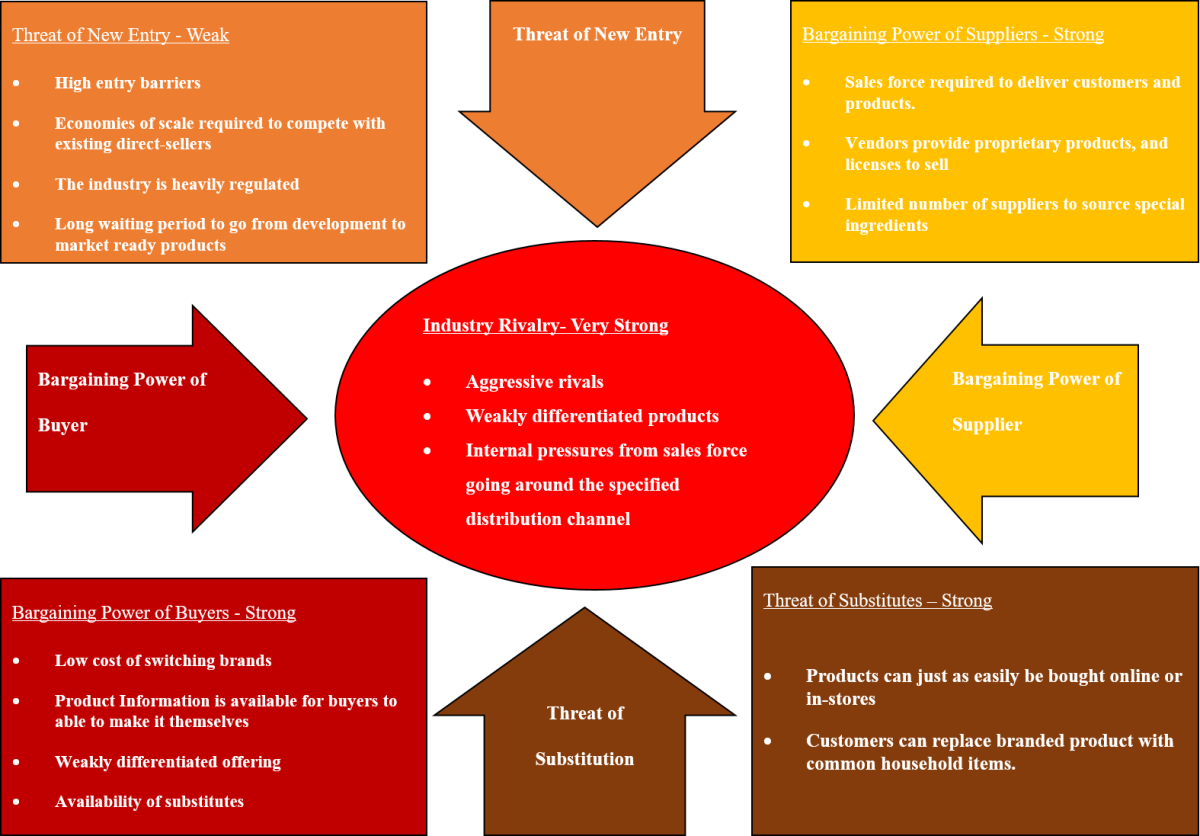How to Negotiate Business Deals
Four Steps to Cutting Good Deals
Everyone needs to learn how to negotiate. We've all seen those rapid-fire price negotiations on TV or the movies. Bob demands $5000 for the car he is selling. Joe immediately says he will buy it for $3000. They then trade prices back and forth until they reach a deal, usually in the middle of where they started. This usually happens in 20 seconds in this fantasy world. Unfortunately, learning how to negotiate business deals in the real world is much more complicated. However, proper planning can make an important business negotation a much less daunting task and improve the chances of cutting a profitable deal.
When learning how to negotiate and making a comprehensive deal-making plan, business folks first need to prepare all the relevant facts and details. They then need to understand that the process of negotiation is just as important as anything else. In addition, negotiators need to be aware of different kinds of negotiation styles. Finally, they should be aware of certain key strategy components of a successful negotiation plan. Armed with the proper deal-specific facts, the process of a particular negotiation, the styles confronted by negotiators, and key strategies of negotiation, one can greatly increase the chances of successfully pulling off a business negotiation.
The first thing a negotiator must do is prepare the facts and acquire the knowledge necessary to display confidence and competence for a particular business deal. Those who go into negotiation without knowledge usually end up with a big red X right on their forehead. The adversary (or potential business partner) can easily take advantage of an unprepared negotiator. For example, let's say you are promoting a nutritional product to be placed on the shelves of a national retail chain. There are several things you will need to know to avoid looking like a duck out of water.
In this example, the nutritional product seller needs to know at least four key sets of information: the typical wholesale price for similar nutritional products, the minimum wholesale price necessary for the negotiator's company to turn a reasonable profit, the typical benefits and drawbacks of competitor products, and how the negotiator's product will benefit and appeal to the consumer (some call this the product's USP, which is "unique selling proposition").
In addition to these four key sets of information, it is also helpful for the business negotiator to understand the manufacturing and distribution side of the product. By having ready command of all these facts, the negotiator will look professional, credible, and more charismatic. Too many "I don't know" answers can reduce the chances of cutting a deal or make a savvy adversary think he can take advantage of the situation.
However, if the negotiator does not have some requested information on the top of his head, he at least needs to know how to quickly obtain this information upon the adversary's demand. For example, having full contact information for other department heads is a good way to quickly obtain the requested information. The negotiator should take this information along for the negotiation session.
Knowledge is also important because the party with the superior knowledge can quickly use that information to assuage any concerns expressed by the adversary. For example, if an adversary has concerns about the safety of the product, the negotiator who can explain exactly how the product is designed and manufactured safely can satisfy the adversary and keep the negotiations running at a smooth pace.
Finally, a well-prepared negotiator who is armed with all the facts can sometimes avoid deception or false claims made by the adversary. Unfortunately, people are socially taught to try to take advantage of the adversary in negotiations and business deals. The more knowledge the negotiator has, the less he can be tricked into a worse deal based on false claims or scare tactics.
But negotiation is more than having ample knowledge. Understanding the process of a particular negotiation can be just as important to cutting a successful deal. In our example, the nutritional product seller will usually have to bend somewhat to the retail chain negotiator's time schedule. The process is essentially the schedule and procedure by which the negotiation takes place.
Many companies will have a specific time and place to negotiate, while others have a more flexible process. When going into a deal-making meeting, the negotiator should know how this process works because the process can actually provide opportunities for a better deal.
Are negotiations in the office only? Can they be done at dinner? Does the adversary like to cut deals on the golf course? Perhaps a shrewd negotiator can even use alcohol to "loosen up" the adversary and cut a better deal.
If possible, a great piece of information to know is how the adversary reacts to an unsuccessful session. Let's say the negotiations are cut off because of some sticking point. It's great to know how the adversary proceeds at that point. Do they refuse further negotiations? Do they come back with a better deal or concessions? All of these things can actually produce a better negotiation deal depending on the situation.
Understanding negotiation styles is important because some styles are riskier than others. For simplicity, let's just talk about two basic styles: 1) the aggressive, adversarial style; and 2) the cooperative style.
The adversarial style rarely has a proper place in business-to-business negotiations. In this case, two parties are actually negotiating to be partners. Starting a partnership with an aggressive, adversarial stance can doom negotiations from the outset, so it is not the recommended approach. This style may work better when a consumer negotiates with a business, but it can also backfire even in that context.
The truth is, people don't like to be "talked down to" or disrespected, so an adversarial style is not going to work well unless the adversary feels forced to broker a deal against his better wishes. A company being sued may have to settle no matter how unsavory the adversary becomes. Again, though, it just doesn't bode well for negotiations to create strategic partnerships.
Many negotiators operate under the theory that they can manipulate the adversary by throwing rants or making threats to walk out, but most negotiators are not so emotionally weak as to bend to such pressure. Only a very weak adversary will fall for these tactics.
While the cooperative style may appear to some adversaries as the weaker style, it generally produces smoother and more effective negotiations. However, being cooperative does not mean bending to every request made by the adversary. It simply means keeping a level head and friendly demeanor and negotiating in a way that both parties come away feeling like they have a partner for mutual benefit.
A cooperative negotiator is just as good at listening as he is at speaking. He lets the adversary air all his concerns without undue interruption or attempts to rush the proceedings. The extra time spent listening to the adversary will generally lead to ideas on how to make a better deal or at least lessen any concerns expressed by the adversary.
Also, just like bosses will hire people they like, negotiators cut deals with people they like. So allowing the adversary the time to be himself and express his personality will increase the chances of success. This is one of the major benefits of the cooperative style of negotiation.
Finally, there are some well-known negotiation strategies that all negotiators should try to employ. First, when negotiating a price, make the adversary quote a price first. Getting the adversary to open up with the first price quote lets one know where he stands in the negotiation. If the offer is bad, do not just throw a fit or walk out. Just explain why that offer is not mutually beneficial (will cause the company to lose money, etc.).
Second, try to actually get the adversary to make a better offer before coming out with the first counteroffer. Negotiators know that they will not get their first offer and will meet somewhere in the middle. By delaying the first counteroffer as long as possible, the negotiator can effectively take two bites at that apple. Get the adversary to offer a better deal before the counteroffer, and then play the "meet in the middle" game after it is clear that no more offers will be coming until a counteroffer is made.
Finally, it is advantageous to control the process of the negotiations when possible. As explained above, contolling or even just understanding the process can provide opportunities to manipulate the adversary into making a better deal. And controlling the process is even better. Conducting negotiations "on your own turf" is particularly beneficial because your adversary will be a guest and will feel the need to be appreciative of your hospitality.
As you are learning how to negotiate and gaining valuable experience, follow the steps above to improve your chances or receiving a desired outcome. Armed with knowledge of the facts and the process, using the proper style and deameanor, and employing the proper strategies will enhance your skills and make you a more effective deal maker.








